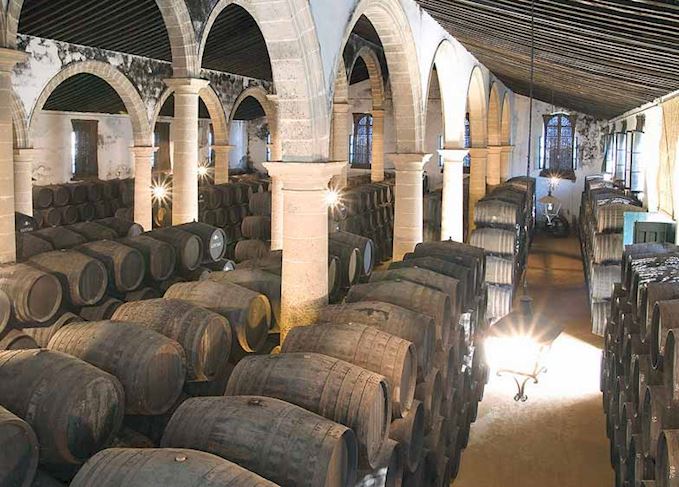
Sherry Bombs like Glenfarclas 105, Aberlour a’Bunadh, GlenDronach and many other whiskies fall into the Sherry Bomb list it’s quiet long and the whiskies come from different regions, distilleries and %ABV. Do you have a favourite? Did you actually taste the different back-to-back to arrive at your conclusion? Does any comparison of the these simply come down to brand loyalty, or is there something objective we can measure?
The story of the Sherry Cask. Sherry casks also known as botas or barrels are a crucial part of the ageing process of Sherry Wines and they have also been used to age Scotch whisky for well over 200 years. … Of the hundreds of oak species, American White oak (Quercus Alba) is the chosen type for Sherry producers.
I would define “sherry bombs” as whiskies that are matured either exclusively or for a majority of their maturation period in sherry casks (most often mostly first-fill). Many sherry bomb whiskies are often cask strength but not always. Examples include Aberlour A’Bunadh, Tamdhu Batch Strength, Glenfarclas 105, several Glendronachs, Bunnahabhain 14 PX and Glengoyne Cask Strength to say a few. I have chosen 22+ different whiskies for this study listed at the end of this article, detailed analysis of each Whisky is available online fro Highland-Gahering.com. They range from 40% ABV to 60.7% and come from 3 different regions. We will divide the initial tasting into 3 different categories to start based on %ABV. Then the next step will be determined after the first 3 tastings.
If there’s a rivalry amongst the whisky producers, it would best be described as “friendly. While the likes of William Grant & Sons and Pernod Ricard duke it out for the biggest selling single malt in the world (i.e. Glenfiddich and Glenlivet respectively), both companies know that, firstly, sales need to be considered across their full portfolios, and that their blends e.g. Grants, Chivas, and Ballantines where the real volume is.
If there are rivalries amongst the brands, they’re being driven by consumers and, and they have their origins in the chatter on social media and in whisky forums. The whiskies are all different levels of ABV%; all are natural color and heavily sherried; each carry a very different price tags.
Few Distilleries
The current Aberlour distillery was built in 1879 after its previous incarnation at a different site (established in 1826) was destroyed by fire. It was acquired by its current owners, Pernod Ricard, in 1974, although today it sits within the subsidiary company of Chivas Brothers.
Glenfarclas took out its licence to distil in 1844, but there are strong records and evidence of illicit distillation taking place at the farm site for several decades prior to this. It was acquired by its current owners, the Grant family, in 1865. It remains one of the very few, truly independent, family-owned distilleries in Scotland, now in the sixth generation of the Grants. When operating at full capacity, Glenfarclas is capable of producing 3.5M litres of pure alcohol per year.
Geographically, both distilleries are in the same area of Speyside, roughly 10km apart from one another and both easily accessible off the A95. GlenDronach is in the Highland Whisky region. This looking just at these whiskies but there are a number of them.
The Production
Aberlour employs a reasonably fast fermentation of 50 hours, but then runs a slow distillation through its onion-shaped stills, resulting in a relatively fruity new make spirit. The stills are steam-heated.
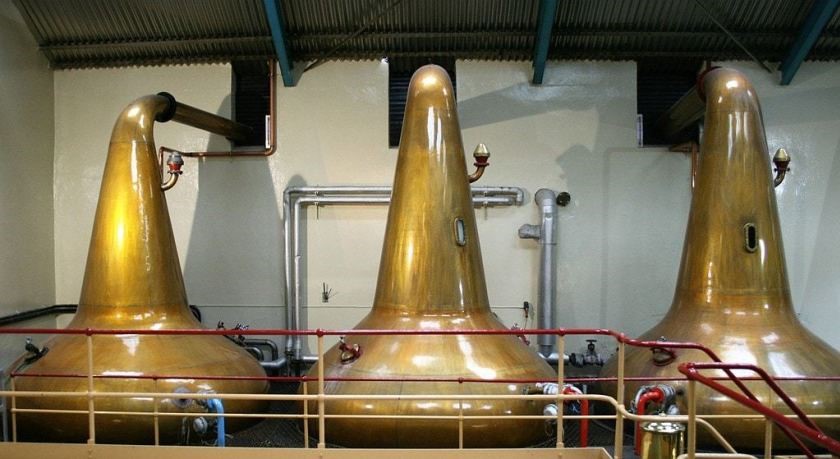
The stills at Aberlour
The still room at Aberlour. There are four stills in total with two matched pairs.
Glenfarclas employs a slightly longer fermentation of 72 hours. The stills, which feature pronounced boil balls, are direct-heat fired by gas. The end result is a rich, oily spirit that stands up well to the spice and tannins of sherry casks.
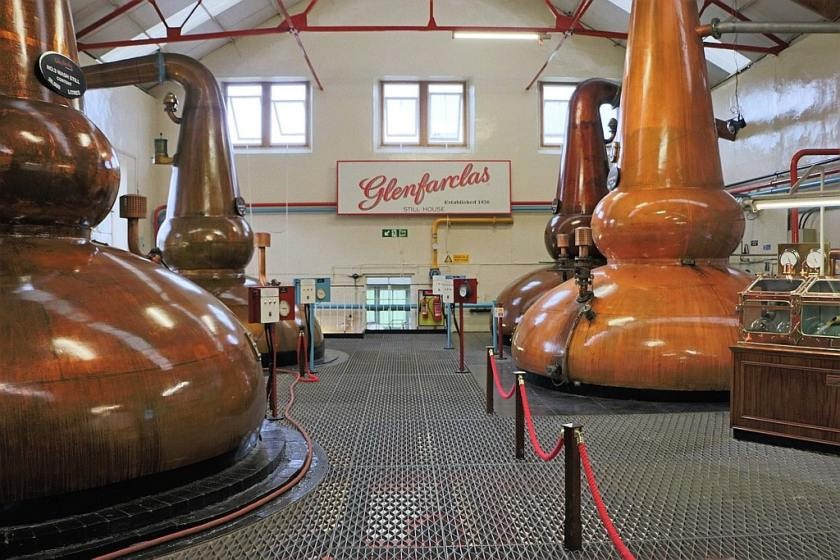
The stills at Glenfarclas
Inside the stillroom at Glenfarclas. There are three pairs of stills in total which, until the recent arrival of Dalmunach, were the largest stills on Speyside.
The History
In terms of origin and years on the scene, Glenfarclas 105 has an impressive pedigree. Many decades ago, in the lead up to Christmas, George Grant, the fourth generation Grant at the helm at that time, would bottle a single cask of Glenfarclas at cask-strength and gift it to family, friends, and distillery staff for Christmas each year. These became highly sought-after bottles, and in 1968, Grant released it commercially and added it to the core range. Bottled at 60% ABV in today’s scale, the strength in the UK’s imperial system at that time was 105o Proof, and hence the name Glenfarclas 105. It has been in the distillery’s core range for over 50 years and was, listed in the Guinness Book of World Records as the world’s strongest commercial Scotch whisky.
Aberlour a’Bunadh arrived on the scene in 1998. For those who’ve only stumbled across the expression recently, consider that it’s been around now for over two decades! The name “a’Bunadh” is gaelic for “the origin”. The whisky was the brainchild of the company’s Marketing Manager, Paul Hicks. David Boyd, Campbell Distiller’s Master Blender at the time, was responsible for putting together the recipe and creating the whisky.
Each Whisky in our study fits into three different strength levels, ranging from 40% to just over 60% ABV. Glenfarclas 105 remains locked at 60% ABV; each batch of Aberlour a’Bunadh varies fractionally, but is generally anywhere between 59% and 61%, GlenDronach at 56.1%. See the last page for the list and their %AB. and other key information.
The Batches
Any continually-appearing whisky expression in a distillery’s core-range that is not a once-off or single cask release is, by definition, produced in batches. Whether it’s Glenfarclas 12yo, Glenlivet 12yo, or Aberlour 12yo, the reality is that the Master Blender is required to assemble the requisite number and types of casks several times each year for each production run and must produce a vatting that – hopefully and ideally – tastes the same as the previous one. For the majority of expressions and distilleries, this batch production is an insignificant and invisible process to the consumer, and the great brands, on the other hand, makes a virtue of it, with each batch being numbered and labelled.
However, it was not always this way. Whilst keen fans of a’Bunadh today pounce on the batch number and like to compare bottlings across the numbered spectrum, the first five batches were not identified or tagged as such on the label. The reference to a Batch did not appear until Batch 6 came out in 1999. At the time of writing, a’Bunadh was up to Batch 65.
Aberlour a'Bunadh - a bottle of Aberlour Batch 6
The famous Batch 6 bottling of Aberlour a’Bunadh. One of the greatest non-single cask sherried whiskies ever released.
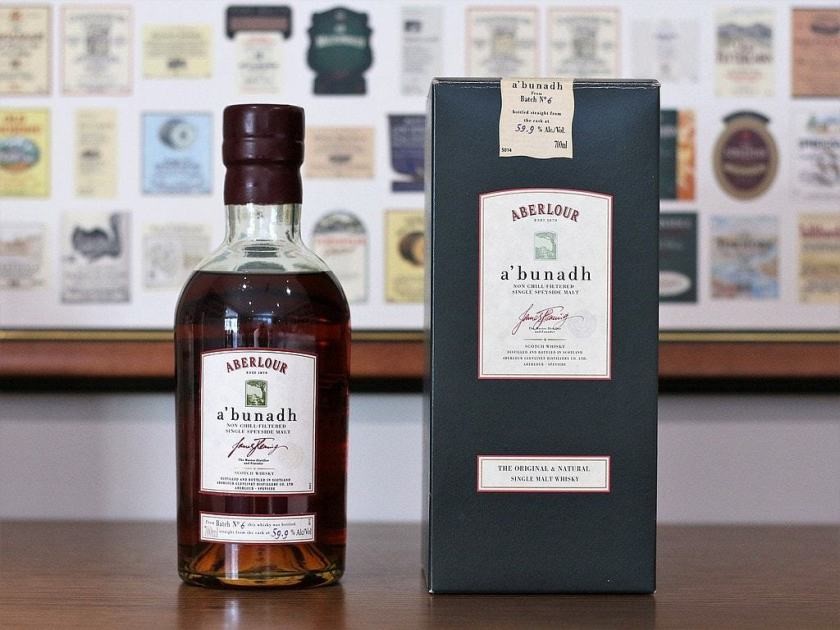
The Age
In their present incarnations and, indeed, for most of their lives, GlenDronach, 105 and a’Bunadh and several others have been No Age Statement whiskies. But each expression has, at most times, carried age statements for special releases or for certain markets. For Aberlour a’Bunadh, the only release to have an age statement was the “Silver Label” bottled in 1999 to mark the new millennium, it was 12 years old, with 2,000 bottles produced. Today, Chivas advises that the average age of the whiskies used to make each batch of a’Bunadh is a figure they’d prefer to keep inhouse.
Another example is Glenfarclas 105, the story’s a bit more involved. The expression was initially an 8 years old bottling and continued as such into the early 1970’s. However, increasing demand and thus larger production runs meant that older whiskies had to be added to each batch, and thus the age statement was dropped. An age statement re-appeared on labels in the late 1990’s and early 2000’s. However, this was again subsequently dropped when the inventory of casks needed to meet demand had to be widened. Glenfarcles and many of the other distilleries advise that the whiskies used are never younger than 8 years old, and rarely older than 10 years old. The casks used and the ages of the whiskies will vary with each batch as they look to achieve the perfect balance of colour, aroma, and flavor whilst trying to hit the magic strength of 60% ABV without any dilution by water.
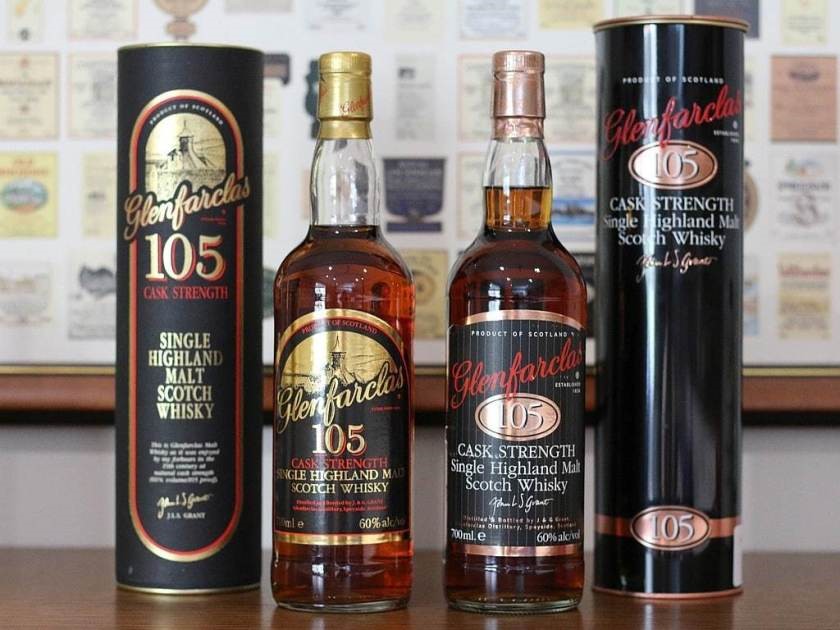
Glenfarclas 105 older releases of 105 in old livery
Glenfarclas has raised the stakes occasionally at times, producing limited-edition, special age statement releases of 105. A 40yo, a 20yo, and a 22yo have all been released in the last decade. The significance of releasing a 40 year old whisky at a strength of 60% ABV should not be lost or understated.
The Casks and the Sherry
Sherry, hailing from historic town of Jerez in Southern Spain, is a fortified wine, produced predominantly from the palomino grape variety – but there are styles of sweeter Sherries produced from the Pedro Ximenez and Muscatel grape variety. Sherry styles can vary from light to heavy and dry to sweet, depending on the aging and maturation process. Lighter Sherries, such as Fino and Manzanilla, are aged in the cask, under a living layer of yeast called “Flor” which stops the sherry from oxidizing, whereas the medium to heavy Sherries, such as Amontillado and Oloroso, are allowed to oxidize and interact with the natural sugars and tannins from the wood. Scotch whisky tends to be matured in casks that have previously housed the more full-bodied and fragrant Sherries, such as Oloroso, which impart a dry, nutty and spicy flavor components to the whisky.
As is evident to the whiskies’ respective fans, each expression fall into the style or category of whisky colloquially and irreverently termed “sherry monster” or, occasionally, sherry bomb. No surprise, then, that each Whisky rely exclusively on maturing their spirit in ex-sherry casks.
For Aberlour a’Bunadh, the label proudly states,and always has stated that the whisky is matured exclusively in Spanish oak Oloroso sherry butts. Ian Logan, a brilliant brand ambassador with Chivas, adding that, to the best of his knowledge, the casks are always 1st-fill.
For Glenfarclas 105, the story is again a bit more involved. Stepping back for a moment, Aberlour has a diverse range of expressions in its portfolio, with some that feature 100% bourbon-cask maturation; one or two that feature 100% sherry-cask maturation; but a majority of expressions that feature a combination of the two. In this context, one can understand why a’Bunadh as several of the brands feel the need to boldly declare its cask-type on the label. Glenfarclas, on the other hand, has a name and reputation as a distillery focussing on sherry maturation. Ignoring single cask releases from their Family Casks range, all of the whiskies in the Glenfarclas and couple other distilleries core ranges are sherried to one extent or another.
In the distillery’s own eyes, the stand-out feature of 105 is its strength, not its cask make-up. As such, the label doesn’t give anything away, 105 can consist of 1st-Fill, 2nd-Fill, and refill casks from both European and American oak, but all ex-oloroso. Whilst the recipes in many of the distilleries are reasonably fixed, the casks will be vatted in whatever combination produces the perfect balance of color, aroma, and flavor – again, with a view to achieving the desired ABV%. The rest of the different whiskies in our study range in ABV% also as well as different Regions and Distilleries.
The Consistency
In the case of each distillery, variation and differences between immediately-adjacent batches are extremely minor. In other words, try a bottle of say a’Bunadh Batch 60, and you’ll be hard-pressed to detect significant differences from Batch 59 or Batch 61. Similarly, a 105 bottled in 2019 won’t be too different from a 2018 release. That’s the skill and objective of the Master Blender. However, the reality is that whiskies change over time. Raw ingredients change i.e. the variety of barley used, production methods change,fermentations, still runs, and cut strengths are often tweaked and adjusted, filling strengths into casks change; and the quality and source of wood, casks, and sherry has changed tremendously over the years. As such, bottles of any of the different expressions purchased today taste notably different from their counterparts from 10, 15, and 20 years ago.
The talk in many whisky circles today that the present-day releases from each distillery “aren’t as good” as they were in years gone by. Most A-B comparisons – for example, a 2001 105 with a 2019 105, or another of the samples seem to establish a reasonably uniform consensus of opinion. The reasons for this are logical and straightforward enough. The whisky industry was a very different scene 20 years ago. The “whisky loch” from the 1980’s gave producers a huge inventory of aged, quality casks to choose from as the 21st century came around. European oak was more plentiful; the seasoning of the casks with sherry was a slower, more integrated process. More tellingly, demand was smaller: As the popularity of each brand grows and production has to increase, it follows that a greater number of casks have to be drawn upon for each batch.
Where the Master Blender may once have selected the top 10 casks from a batch of 100, he is now required to pick out the top 20 or 30 from that batch of 100. Simple statistics dictates that quality can’t possibly remain constant. With the whisky loch now exhausted and aged whisky selling for significantly higher prices than was the case two decades ago, there is speculation amongst many enthusiasts today that the average age of the whisky, certainly in the case of many brands, is lower than it once may have been. But, let us be clear: That’s nothing more than consumer speculation.
ABV’s: 40% to mid 60%. Regions: Highland/Island, Speyside, Islay
Taste: It’s at this stage that objective comparisons end and any assessment becomes more subjective and personal. When it comes to taste, your palate is your palate, each individual will have a different take and preference on the respective aromas, flavors, mouthfeel, balance, and character.
Color: Each Whisky have an appealing copper hue, although the a’Bunadh is a touch darker with a richer shade of amber than most.
Nose: Each Whisky immediately betrays their oloroso sherry cask pedigree. Some are more intense and spirity, with lacquer and varnish notes clinging to the oak and the wine. Some are softer and significantly more perfumed, bringing a more floral and grassy note to the experience.
Palate: The a’Bunadh is chewy, thick, rich and raisiny, and it oozes intense oak and oloroso. The mouthfeel is slightly cloying, but satisfyingly so. In terms of flavour, the 105 is a bit more rounded. It’s just as intense, but the flavour spectrum is a little wider – the barley malt manages to lift its head above the sherry. The a’Bunadh is spicier; the 105 is sweeter.
Finish: The a’Bunadh is a touch tannic and the finish – whilst long, warming, and satisfying – turns a little bitter at the tail. The 105 is quite a bit hotter on the finish – more than the 0.4% difference in ABV should account for. This gives the finish a peppery/peppermint note at the front, but it’s sweeter; less tannic; and doesn’t turn bitter as the finish fades away.
Comments: Each Whisky are enjoyable drams, yet different experiences – and they each certainly delivered different flavors. Sure, they’re in the same ballpark, but they each offer their own unique highlights and peaks. I know which one I preferred, but that’s entirely personal and subjective….the elements I enjoyed and appreciated might be the same elements that the next drinker cares less for, and vice versa.
The Conclusion
If someone asked you what does a cask-strength, heavily sherried whisky taste like, then nominating one or couple of these great drams would be a fine suggestion. There’s no shortage of single-cask expressions available in this category – plenty from the independents, and there’s also the Glenfarclas Family Casks releases, not to mention the single cask offerings from GlenDronach cask strength. The Aberlour a’Bunadh, GlenDronach and the Glenfarclas 105 should be high on your shopping list and many others.
Although the overwhelming bulk of Scotch whisky is aged in used American Standard Barrels (ASBs), the most prized cask for maturing whisky is the Sherry butt. Whiskies aged in first-fill Sherry butts are especially so, and those drawn entirely from such sherried stock are invariably known as “sherry bombs” for the potent flavors the malt whisky has derived from its time spent mingling with the sherry-soaked wood.
Much like the smoky, peaty malts of Islay, sherry bomb malts have their own devoted following. These are the seven sherry bomb whiskies to get to know, based on both their sherried character and their availability. Some of the whiskies listed below to be used for the study have triple digit price tags, there wa couple we thought were just too expensive even if they were very good and there are some not available anymore.
To start we will compare the various whiskies based on the different ranges of ABV% together and see how they rate, not just for Sherry taste, but also as a Sherried Whisky overall and some on cost.
Have you tasted of these whiskies or have an opinion on any of them? Dod you have a favorite? We advise not to select a favorite until you have compared several of the whiskies at the same tasting.illery.
Ainsley Brae
Steeped in history and folklore, the Highland region of Scotland is at the very heart of malt whisky distillation. This whisky has been carefully selected and represents all the very best qualities of the region. This Highland single malt scotch whisky finished in sherry casks.
Ainsley Brae is a line of scotch whisky bottled to celebrate the cask. They claim to strive and find the best barrels that provide the maximum depth in flavor. The scotch is bottled by Alexander Murray
Glenrothes Reserve 12 year
Glenrothes is a Speyside single malt Scotch whisky distillery located in the town of Rothes in the heart of the Speyside region of Scotland. The distillery sits beside the Burn of Rothes, hidden in a glen on the edge of the town.
Matured only in sherry seasoned oak casks and bottled at natural color with a character of vanilla, melon, and cinnamon. About 90% of Glenrothes’ whisky is matured in sherry casks, giving it a rounded character, a resonant aroma, and the potential to successfully age for a very long time.
Macallan Double Cask 12 year
This Whisky straddles the existing Sherry Oak and Fine Oak ranges by being a mix of spirit matured in both European and American oak sherry casks.
Double Cask is a 12 year old expression with a distinct taste profile from the Sherry Oak 12 year. 100% Matured in Sherry Season Casks and the highest proportion of American Oak in any Macallan release.
Dalmore 5 year
Dalmore 15 year
This single malt is a relatively recent creation of the Highland distillery, dating back to 2007, but it quickly became a fan favorite. After a dozen years of aging in ASBs, the whisky receives a lengthy, three year finish in a collection of lesser known sherry cask types: matusalem, apostoles and amoroso. The result is citrusy, earthy, spicy stuff, but also imminently approachable.
Highland Park 18 year
Established in 1798 on Orkney, Highland Park is the northernmost Scotch whisky distillery in the world. Slow-burning, aromatic peat from Hobbister Moor; hand turned floor maltings, Sherry seasoned European oak casks, cool maturation in our temperate island climate and a long and unhurried harmonisation process.
Highland Park combines peat and sherry in a way no other distillery can match—and its 18 year old is the ultimate exemplar of the house style. An elegant melding of peat, stewed fruits, and toffee, wrapped up in a velvety mouthfeel.
Glendornach Original 12 year
As was the case in 1826, The GlenDronach Distillery patiently matures its single malt whisky in superior quality sherry casks. Our distilling methods may be old-fashioned, but we prefer to look on them as handcrafted techniques created through nearly 200 years of tradition.
Nearly 70% of the flavor in whisky is derived from the cask it has been matured in. Wood’s important, which is why they adopt a ‘no compromise’ approach when choosing their world renowned sherry casks to enrich the whisky. Over the years of extended maturation, these carefully seasoned casks help create the unique richly sherried style that The GlenDronach is famous for. This superb richly sherried single malt is matured for at least 12 years in a combination of the finest sherry casks. Non-chill filtered, of natural color.
Aberfeldy 16 year
16 year old single malt from the Aberfeldy distillery, unveiled in the latter half of 2015 as part of the Last Great Malts series. This expression is finished in Oloroso Sherry casks, imparting juicy sweetness to the whisky. Aberfeldy 16 Year Old is matured in a combination of ex-bourbon casks and the finest ex-sherry butts. This maturation ensures the depth of character as well as the distinctive fruitiness and spiciness of Aberfeldy.
Glenmorangie Lasanta
Lasanta is Gaelic for warmth and passion, and at 43% ABV, it is the lightest of the wine finished cask offerings from Glenmorangie. This malt is going to have a much harder time distinguishing itself amongst the many other sherry finished single malts in the market. Where as both the Quinta Ruban and Nectar D’or represented new experiences for me with their port wine and Sauternes finishes.
Glendronach Revival 15 year
Glendronach is a distillery known for producing heavyweight sherried whiskies, and Glendronach 15 Revival was an expression that landed with a boom. For years it has been considered a big bargain buy, and this despite a relatively stiff price tag. Some of the key online retailers in Europe list it as out of stock, but I’ve never had trouble finding it on the Continent when I’ve gone looking for it, and it remains widely available in the United States.
Glendronach Alloardice 18 year
The GlenDronach Distillery is nestled in the valley of Forgue, in the East Highland hills near, is named after the source of its water: the Dronac burn. Founded in 1826, GlenDronach was one of the very first licensed distilleries. A pioneer of sherry cask maturation and would have celebrated today’s superb The GlenDronach, maturing our whisky in the finest Pedro Ximenez and Oloroso sherry casks.
The GlenDronach is of true Highland style: a heavy and robust spirit, perfect for a long maturation period in sherry casks. They are renowned as the masters of sherry cask maturation, and their Highland whiskies are recognised for their deep color and rich flavour profiles, which range from sweet fruity flavors, from the Pedro Ximenez casks, and dry and nutty notes, from the Oloroso casks.
Tomatin 18 Year
Tomatin has been producing whisky for the blending industry for over 120 years. It was not until in the early 2000s that the distillery released their own line of single malt expressions which they slowly expanded over the years with a range of new core and limited edition offerings that showcase their very own distinct style of whisky.
It is a rich full bodied whisky with a predominantly malty fragrance. At first blush, this dram is not “in you face” exciting. But there is a complexity that is worth a second tasting. Sweet oak and honey, the flavors are light, but balanced and the finish lingering, without being cloying.
Glenglassaugh Revival
Glenglassaugh Distillery was mothballed from 1986 until 2008 it reopened. A distillery, built in 1875. Glenglassaugh means “Valley of the Grey-Green Place,” which refers to its lush coastal surroundings. It’s the only distillery to straddle the Highland/Speyside border, with a coastal position, resulting in taste influence from three locations. The whisky matures in the beach side warehouses exposed to the North Sea air, which lends it intriguing salty notes. Highland malt with seductive coastal charm. Matured in a balanced and mix of American bourbon & red wine European oak casks, and undergoes a final maturation in sherry casks.
Kilchoman Loch Gorm
Named after a famously dark and peaty loch overlooked by the distillery, Loch Gorm is exclusively matured in oloroso sherry casks from the renowned bodega, Jose Miguel Martin. It is common for distilleries to use a variety of sherry producers but for our consistent quality and character, it is vital that we source them all from just one bodega. We select a combination of sherry butts and hogsheads from Jose Miguel Martin that provides two separate styles of maturation.
These ex-oloroso sherry casks impart a combination of heavy sherry notes, spicy dark chocolate, rich fruits and burnt sugar. This balances beautifully with the Kilchoman peat smoke and citrus fruits found within our farm crafted spirit. It remains the distillery’s only whisky to be fully matured in sherry casks.
Balvenie Single Barrel 15 year
Unveiled in 2014, the 15 Year Old Single Barrel Sherry Cask is a wonderful from Balvenie – single malt Scotch whisky fully matured in Sherry casks. These are released in batches of no larger than 800 bottles from a single cask, each one being hand numbered. Although no two casks are the same, and therefore won’t produce identical single malt, the casks are carefully selected by Balvenie’s Malt Master, feature a consistent, rich, spiced character, complimented by hints of elegant oak.
This Balvenie expression is matured for at least 15 years in a traditional ex-bourbon cask, and not to be confused with The Balvenie 15-Year-Old Single Barrel Sherry Cask Scotch. Bottles are drawn from each barrel, and as these are single barrel releases, each barrel is its own animal.
GlenDronach Cask Strength #6
Nestled in the valley of Forgue, deep in the East Highland hills, is one of the oldest distilleries in Scotland, creating the finest richly-sherried Single Malts for nearly 200 years. GlenDronach is of true Highland style: a heavy and robust spirit, perfect for long maturation period in sherry casks. At GlenDronach, they have carried forth the tradition of their founder James Allardice since 1826, maturing the whisky in the finest Spanish Pedro Ximénez and Oloroso sherry casks from Andalucía.
Aberlour A’Bunadh
It is specially crafted, A’bunadh is a unique cask strength. Meaning ‘the original’ in Gaelic, is made in homage to Aberlour’s founder, James Fleming. While it carries no age statement, each bottle carries a unique batch number. The whisky is a blend from barrels ranging from five to 25 years in age, and is bottled at cask strength..
The result is a heavier, creamier single malt than most have ever experienced, with an intense raisin character. The A’Bunadh, matured in Spanish Oloroso Sherry butts and bottled at cask strength. These are always excellent as winter warmers and postprandial drams and bottled at natural cask strength. love the nose and the way tasting makes my tastebuds come alive and then the velvet warmth as you swallow. This single malt is released in discrete batches, drawn from stock entirely matured in Oloroso sherry butts, and bottled unfiltered and at cask strength.
Glenfarclas 105
Way back in 1968, Glenfarclas became the first distillery to release a cask strength single malt (60% ABV), and today that grand-dad of barrel proofs is known as Glenfarclas 105. Add to that piece of lore the knowledge that Glenfarclas is noted for its sherried style, based on malts aged in Oloroso or Fino Sherry casks, and you can understand why Glenfarclas 105 is considered a sherry bomb. The expression is frequently named alongside Aberlour A’bunadh as a fan favorite sherry bomb.
Glenlivet Nadurra Oloroso
The Glenlivet’s Nadurra range is another favorite among whisky fans, being based upon the principles of small batch production with no chill filtration and cask strength bottling. The range started with ASB-aged stock, but expanded this version, drawn from first-fill Oloroso sherry butts. It’s a full-bodied, heavily sherried single malt from the world’s top-selling single malt distillery.
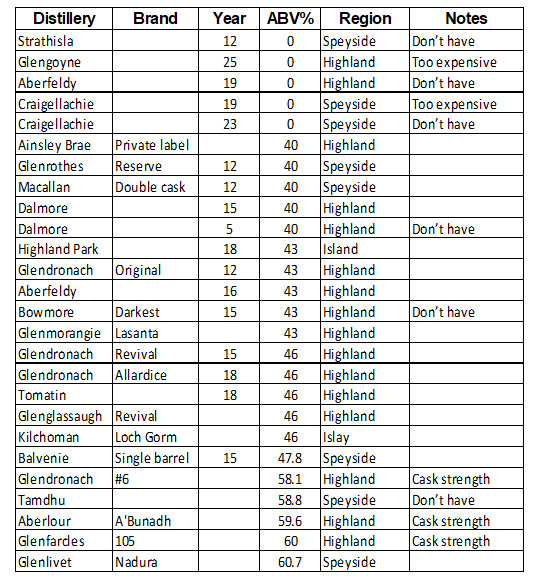
Sherry Casks Regions
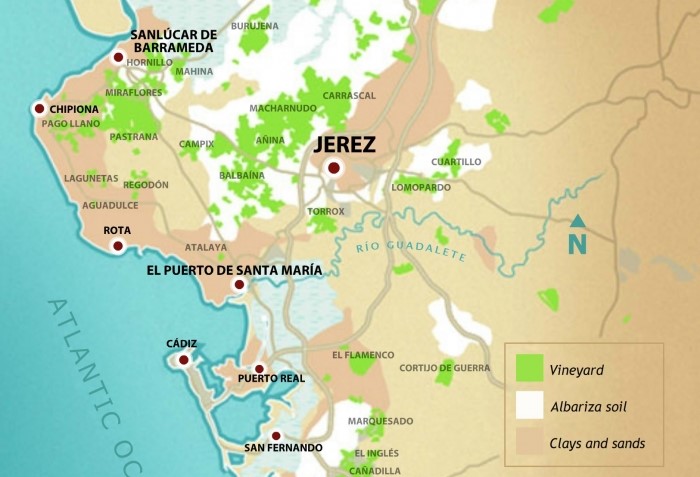
The Origin - The Sherry Region
The oldest Denomination of Origin Jerez-Xérès-Sherry”, lies in the extreme south of Spain and is the southernmost wine-producing region in Europe.
The “Marco de Jerez”, as the Sherry region is commonly known, embraces a total of nine municipalities including the vineyards of Trebujena, Lebrija, Chipiona, Rota, Chiclana de la Frontera y Puerto Real as well as the three already mentioned, which together form the production zone of the DO Jerez-Xérès-Sherry.
Sherry casks also known as botas or barrels are a crucial part of the ageing process of Sherry Wines and they have also been used to age Scotch whisky for well over 200 years. … Of the hundreds of oak species, American White oak (Quercus Alba) is the chosen type for Sherry producers.
Sherry “casks,” as the Scots refer to them, imbue the Whisky with a deeper color and subtle aromas of Oloroso, which is the preferred type of Sherry for the body and nutty fruitcake notes it imparts. The Whisky has an unmistakable richness and satisfying complexity.
Traditional butts are made from American oak which is most suitable for ageing Sherry because it is strong and imparts less tannin and color to the wine. Spanish oak is now preferred for Whisky for precisely these reasons, the tannins helping the Whisky to oxidize. Distillers source it mainly from forests in Galicia and Cantabria and the wood is sent to Jerez for coopering and envinado. For top quality casks this process can take as long as six years and is thus extremely expensive, but for top distilleries it is deemed essential.
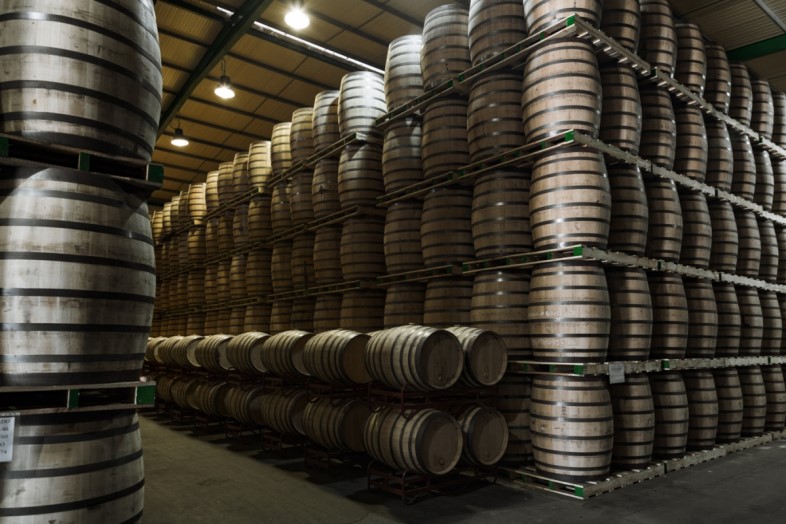
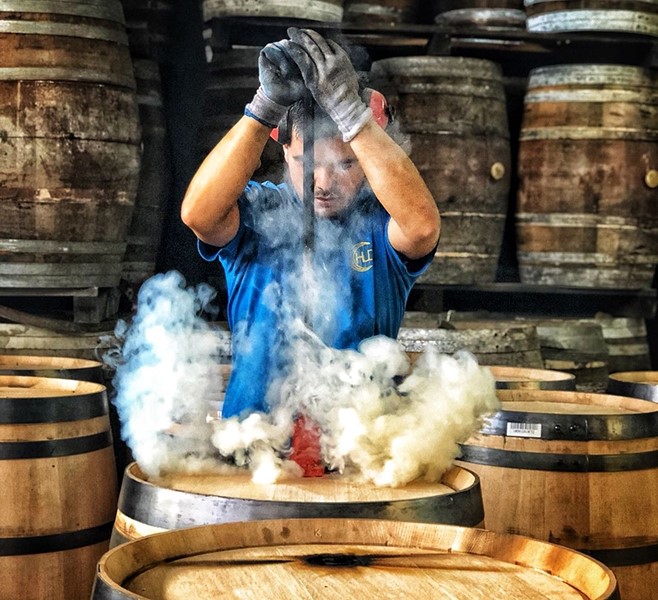
Many woods have been tried for cooperage but oak is widely accepted as the best, being strong, free of knots and resin, leak proof and suitably porous. Of the hundreds of oak species, American White oak (Quercus Alba) is the chosen type for Sherry producers. It comes from the eastern half of the USA and the best source is between the Ozarks and the Appalachians, south of the Great Lakes. Here it grows in huge forests and thus grows tall and straight giving good yields for barrel staves.
The signature flavors in a sherry cask-matured scotch are golden raisins, prunes, incense, and clove, while American oak tends to impart vanilla, coconut, sweet spice, and caramel.

All sherry casks are not the same, however, and each gives a different unique character to sherry cask finished whisky. Types of Sherry Casks and their influence on a spirit:
Fino the lightest in color of all the Sherries, Fino is made by fortifying light white wine with brandy and aging it a partially full barrel, which exposes it to yeast. Typically dry and slightly nutty with a fresh, yeasty flavor, Fino sherry is great with hors d’oeuvres or on its own, much like white wine. For whisky, Fino cask finishing highlights floral notes and contributes dryness, not always what distillers want.
Manzanilla sherry is a Fino-type sherry made near the coastal town of Sanlúcar de Barrameda. That location is said to influence its flavor, imparting salty, marine notes. It’s not a common cask used for whiskies, but it occasionally gets used to underscore a whisky’s existing salinity.
Oloroso sherry is a heavier, sweeter, nuttier sherry that tends to be higher in alcohol than Fino. It’s fortified to a higher proof, which makes it impossible for flor to grow. Instead, Oloroso is aged in an oxidative environment (read: exposed to oxygen), which develops deep, dark, sometimes savory flavor. Most are technically dry, but a full, rounded mouth feel gives the impression of sweetness (and some are back-sweetened after aging). Oloroso casks are commonly used for single malt finishing, and give whisky rich, sweet notes of dried fruit and toasted nuts.
Pedro Ximenez sherry (“PX,” for those in the know) is a dark, syrupy, super sweet sherry often served as a dessert wine. It’s made from sundried white grapes, and the must is so high in sugar it only partially ferments. Whiskies finished in PX casks pick up not only color and sweetness, but also dark, chewy flavors like chocolate, coffee, and spice.
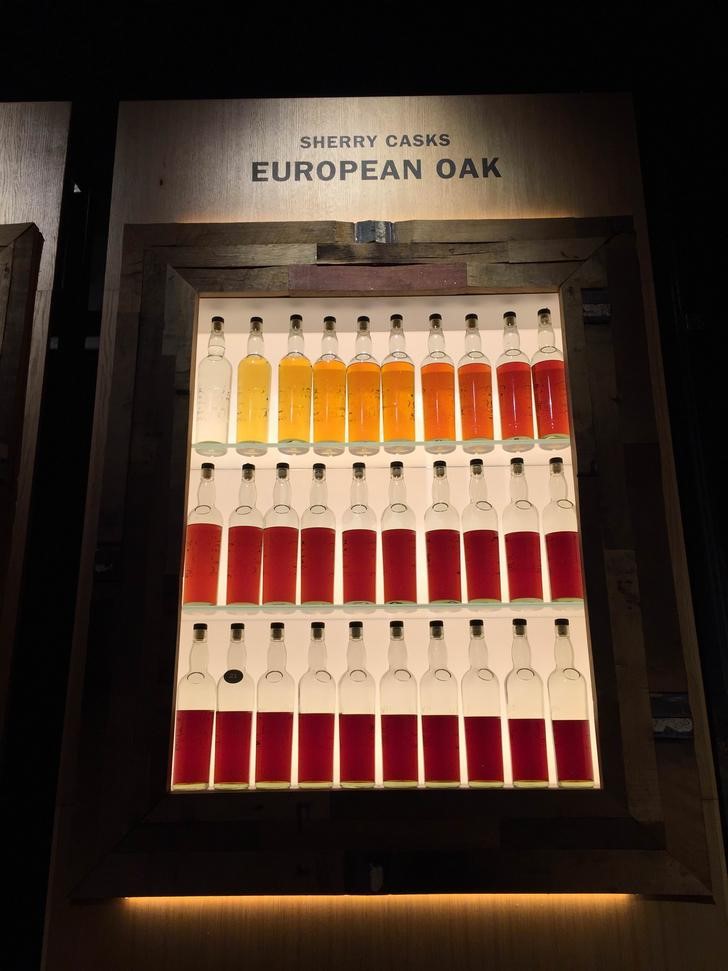

Aberfeldy 16 Year
Whiskies aged in first-fill Sherry butts are especially so, and those drawn entirely from such sherried stock are invariably known as “sherry bombs” for the

Aberlour A’Bunadh
The Sherry and wood form a pincer movement that stamps out any sense of identity in the distillate itself. A great Sherry-matured malt should possess
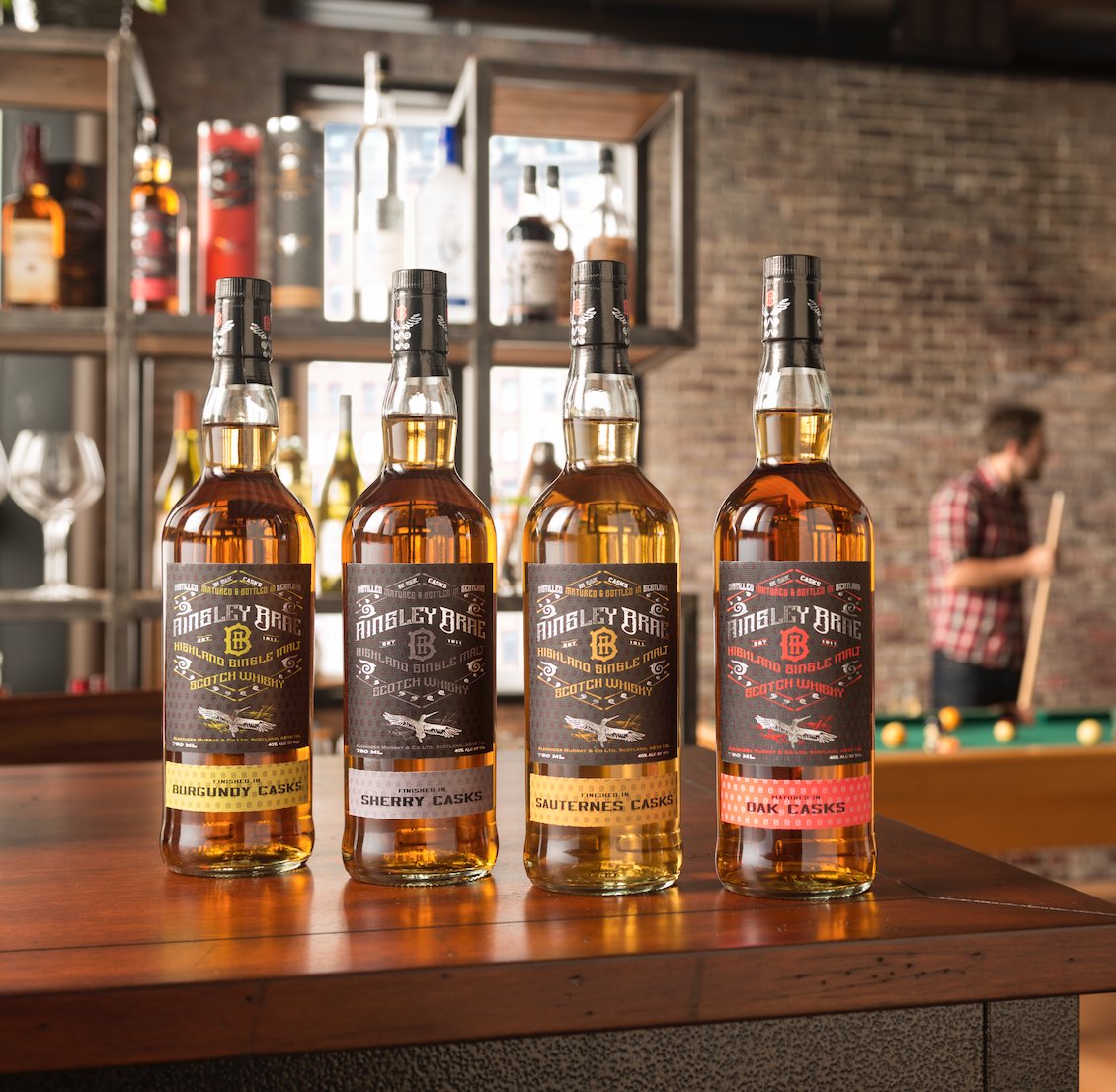
Ainsley Brae, Sherry Bomb
Whiskies aged in first-fill Sherry butts are especially so, and those drawn entirely from such sherried stock are invariably known as “sherry bombs” for the
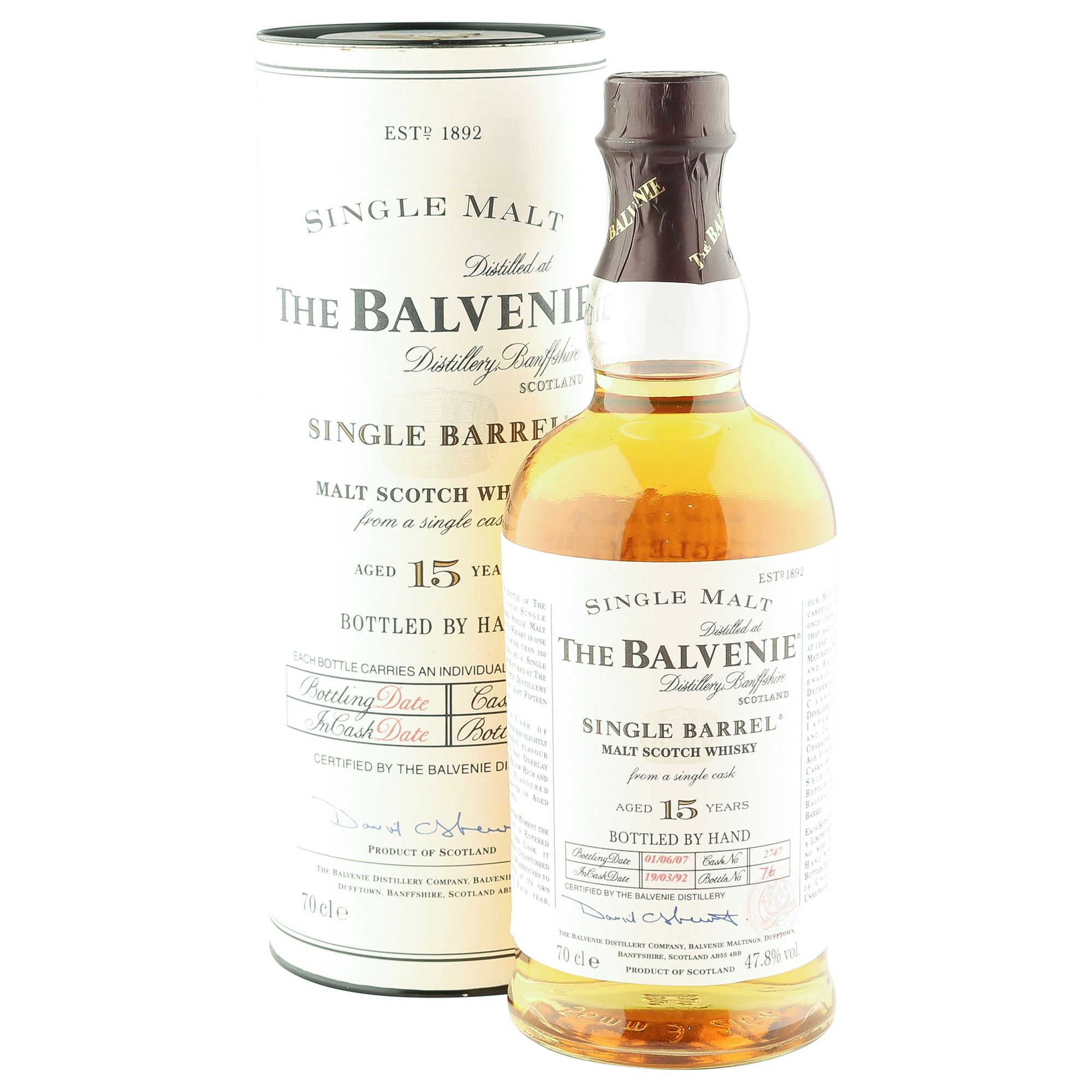
Balvenie Single Barrel 15 Year
Whiskies aged in first-fill Sherry butts are especially so, and those drawn entirely from such sherried stock are invariably known as “sherry bombs” for the
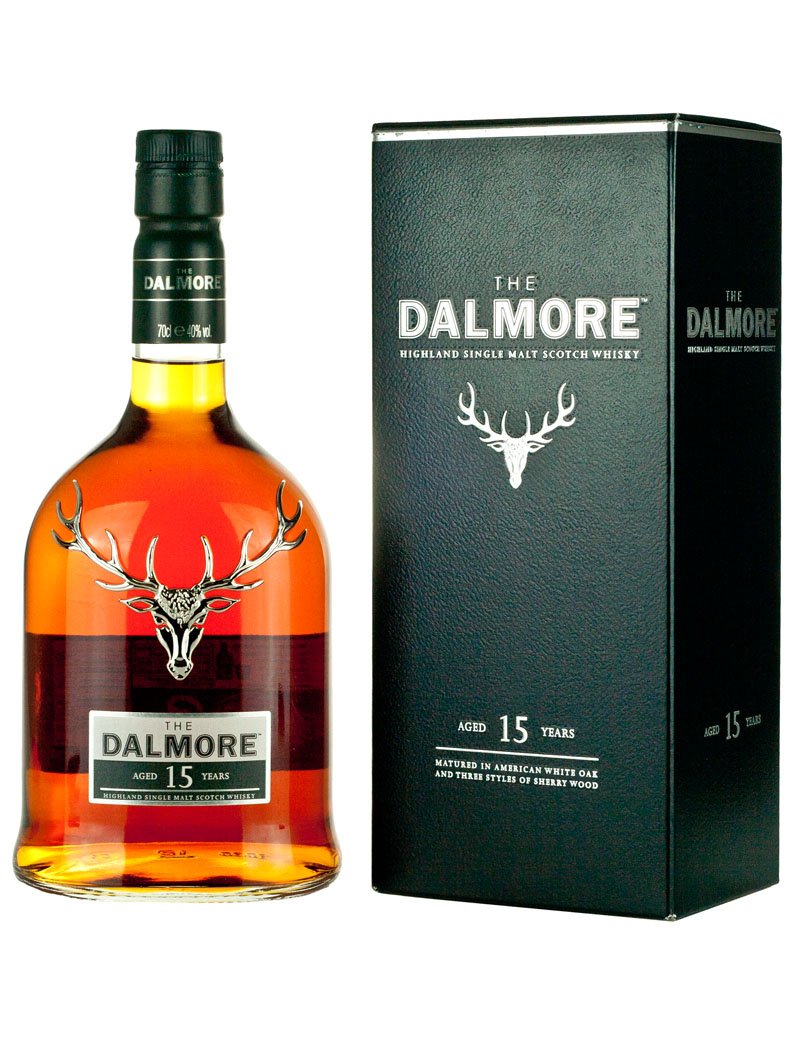
Dalmore 15 Year Sherry Bomb
Whiskies aged in first-fill Sherry butts are especially so, and those drawn entirely from such sherried stock are invariably known as “sherry bombs” for the
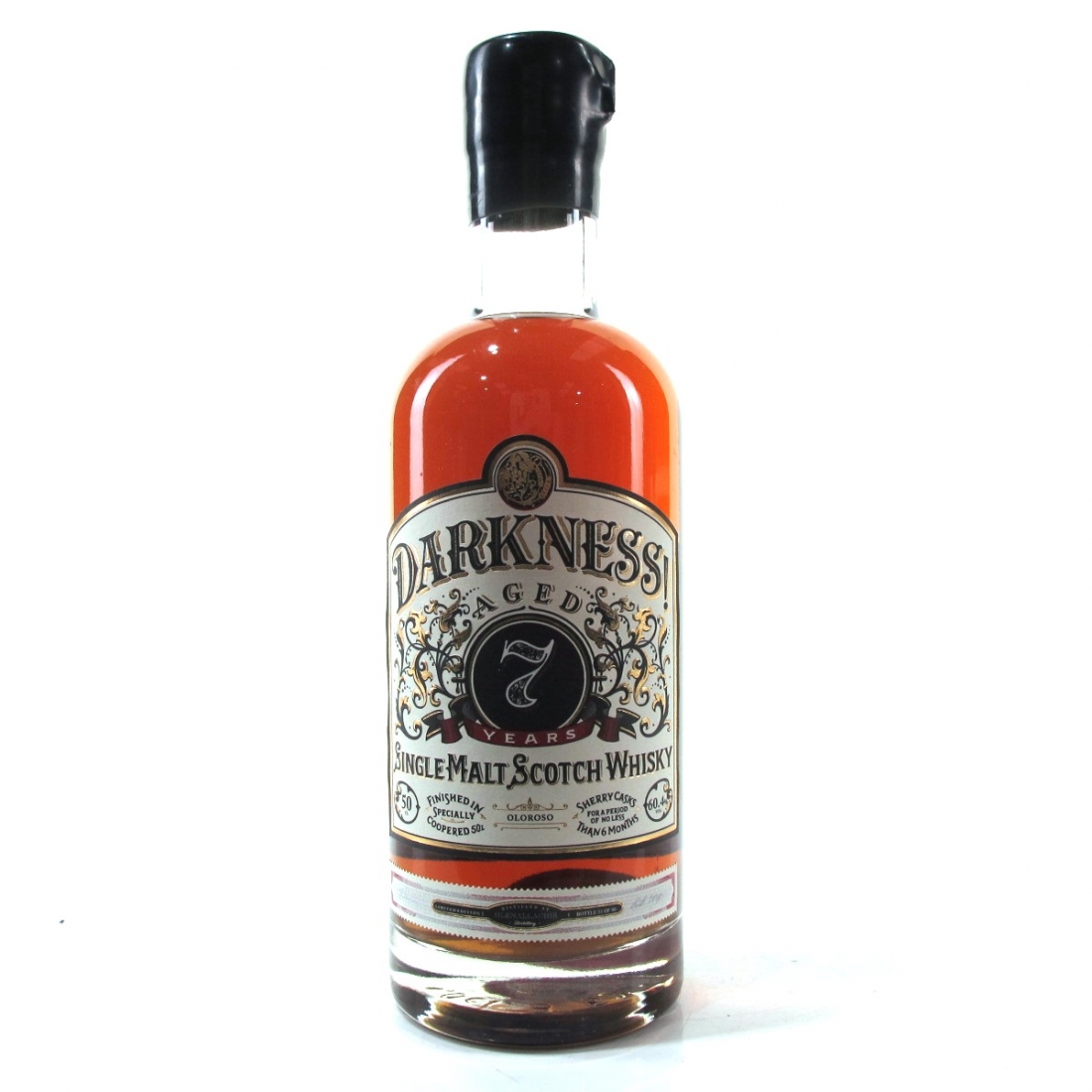
Glenallachie, Darkness, 7 Year, Sherry Bomb
Whiskies aged in first-fill Sherry butts are especially so, and those drawn entirely from such sherried stock are invariably known as “sherry bombs” for the
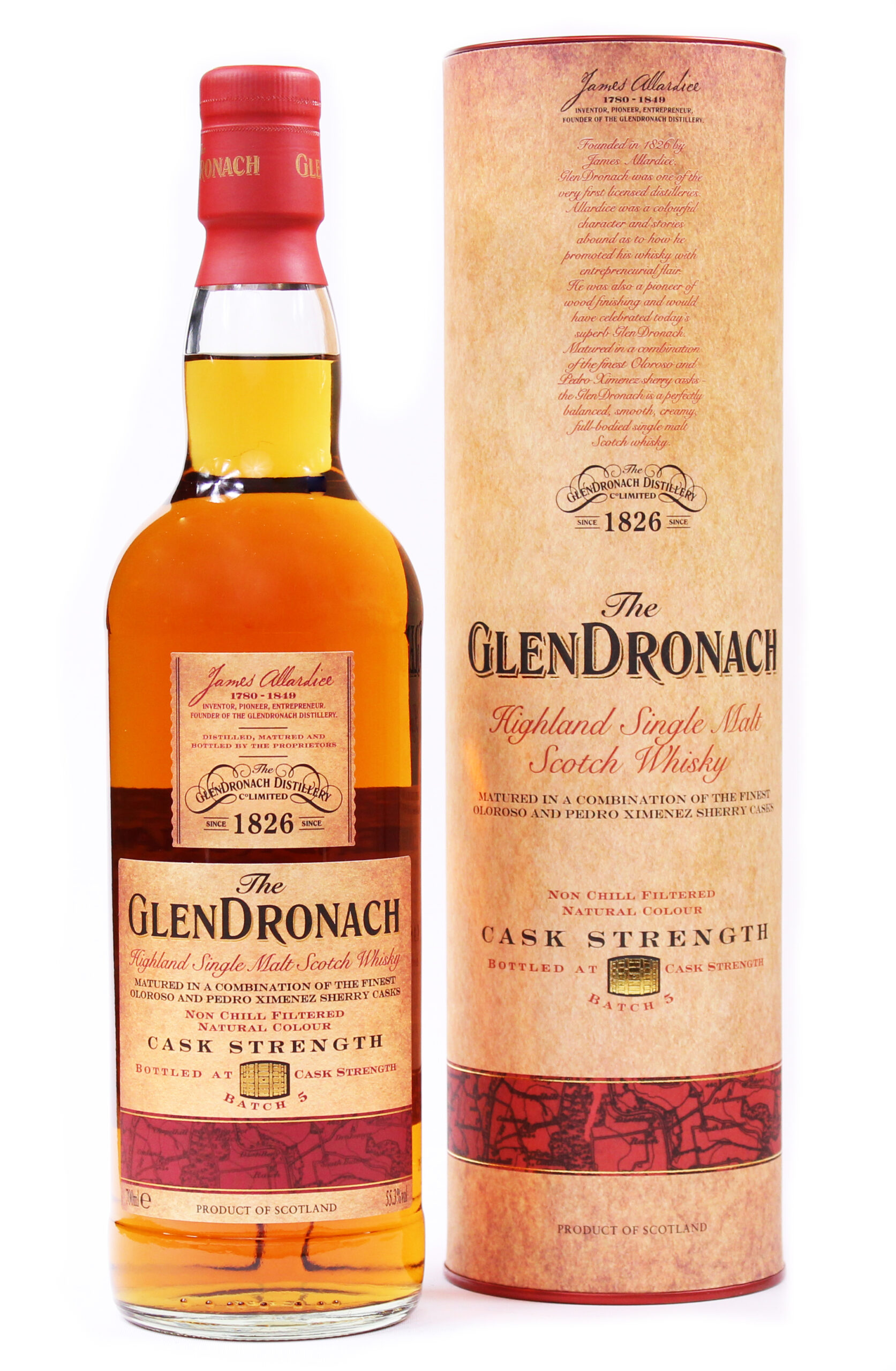
GlenDronach Cask Strength #6
Nestled in the valley of Forgue, deep in the East Highland hills, is The GlenDronach, one of the oldest distilleries in Scotland, creating the finest
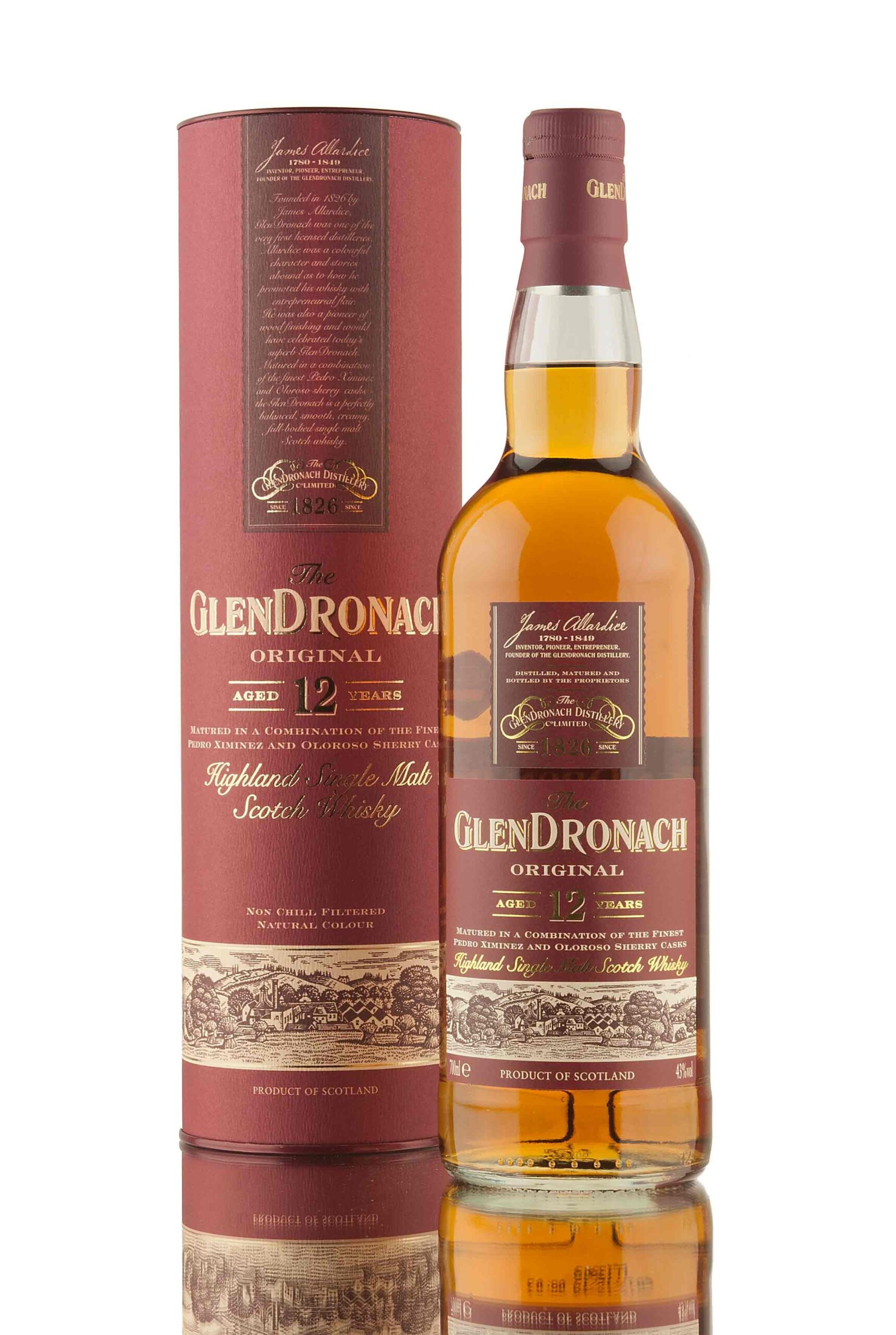
Glendronach Original, 12 Year Sherry Bomb
Whiskies aged in first-fill Sherry butts are especially so, and those drawn entirely from such sherried stock are invariably known as “sherry bombs” for the

Glendronach Revival 15 Year. Sherry Bomb
Whiskies aged in first-fill Sherry butts are especially so, and those drawn entirely from such sherried stock are invariably known as “sherry bombs” for the
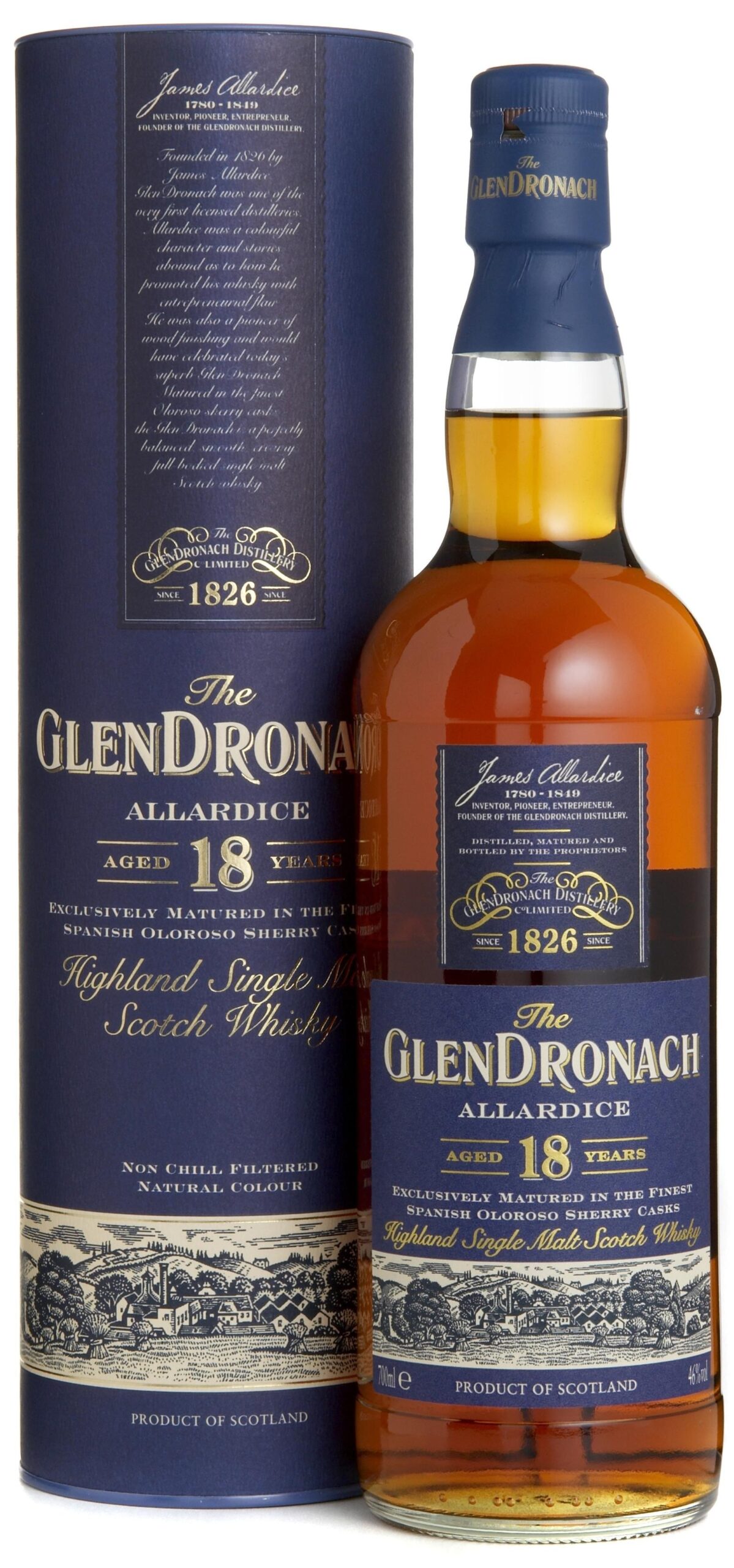
GlenDronach, Allardice, 18 Year
Whiskies aged in first-fill Sherry butts are especially so, and those drawn entirely from such sherried stock are invariably known as “sherry bombs” for the
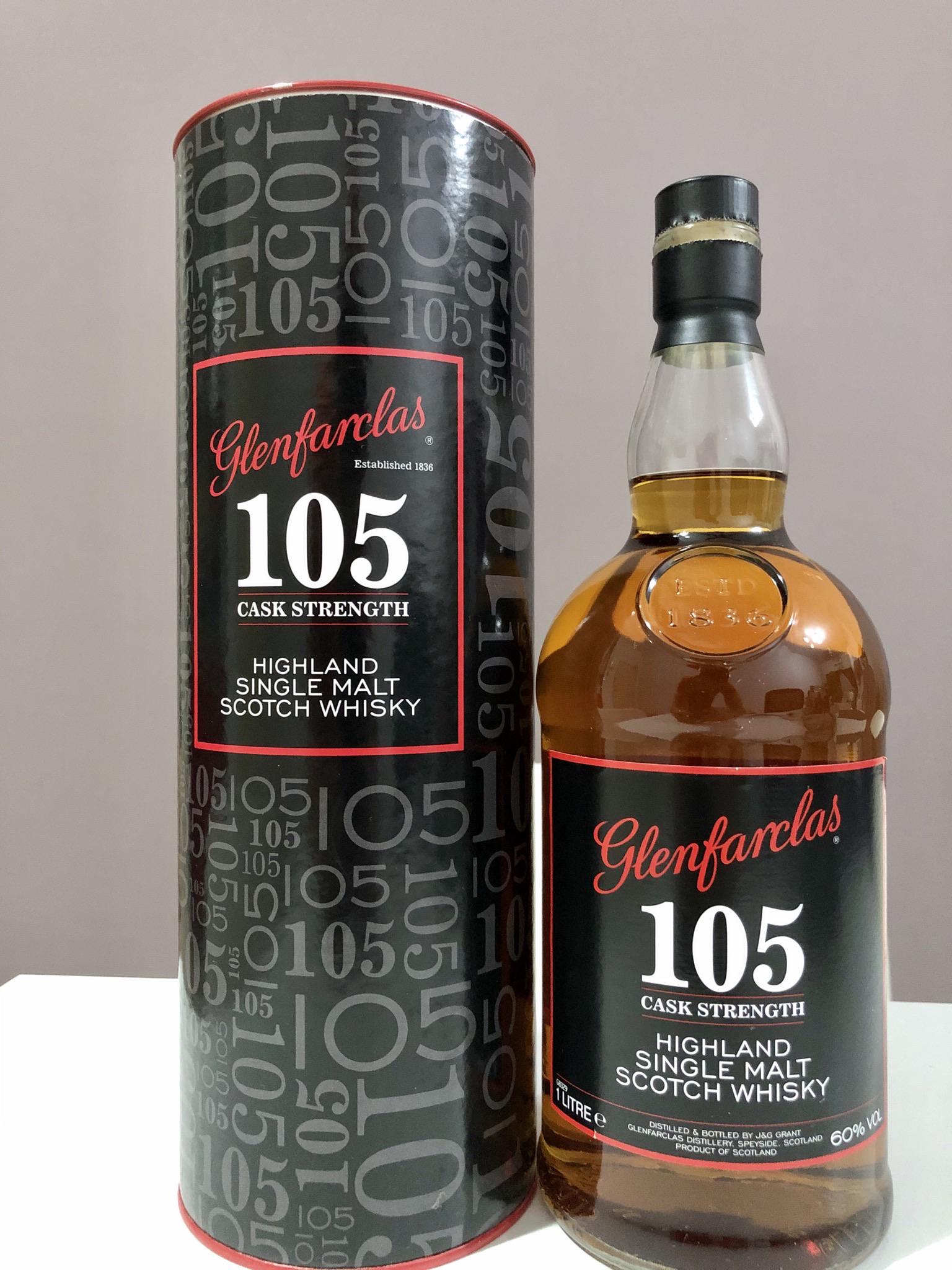
Glenfarcles 105, Cack strength, Sherry Bomb
Whiskies aged in first-fill Sherry butts are especially so, and those drawn entirely from such sherried stock are invariably known as “sherry bombs” for the
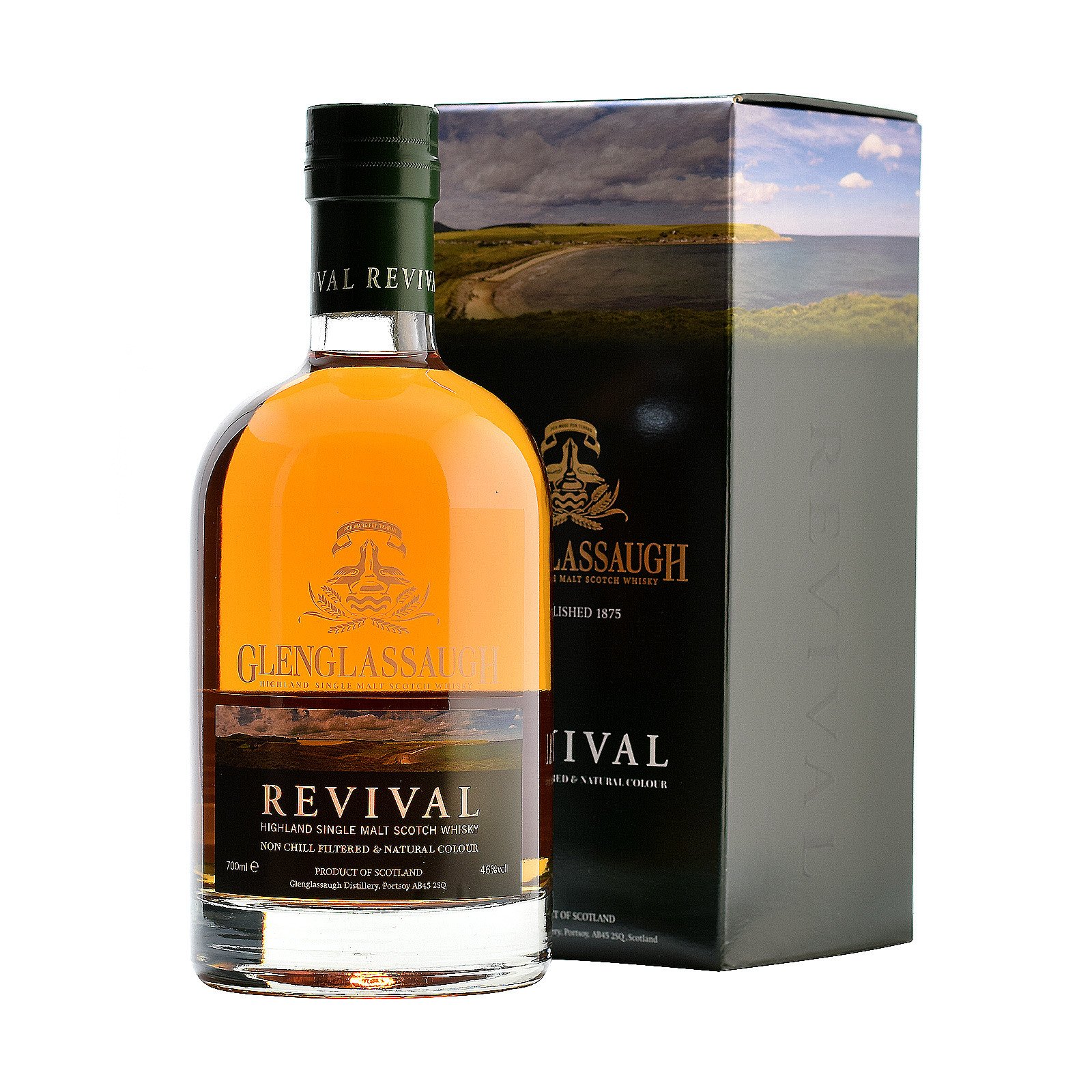
Glenglassaugh Revival. Sherry Bomb.
Whiskies aged in first-fill Sherry butts are especially so, and those drawn entirely from such sherried stock are invariably known as “sherry bombs” for the
